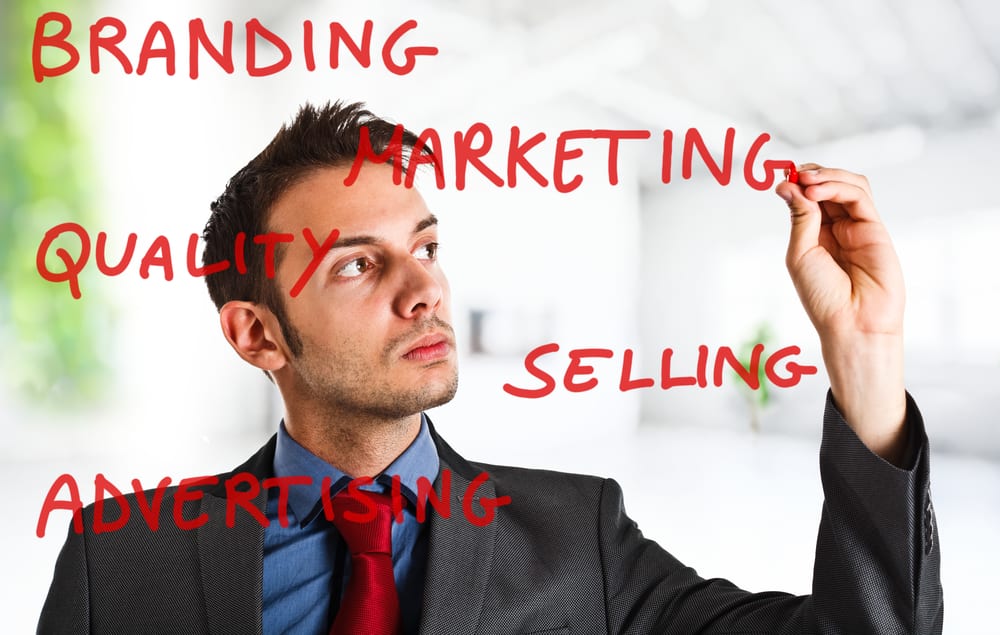Any avid e-followers will know that the word on the virtual street is ‘experience’, but what does that mean for businesses using online and offline platforms? And how do you work this into your own strategy? This post will share some examples of experience marketing and explain how to create them for a business strategy.
Online
Experience the Web
The web was always cold with reams of text and zero personality, but the persuasive force of humanisation has revolutionised the internet and the advent of social has caused developers, designers and marketers to change their whole viewpoint. The time of creating content is dead. The time for creating experiences has begun.
But what does this mean for businesses?
Creating a web experience is the process of devising content with the intention of user interaction. This means steering clear of creating run-of-the mill static content and creating content that produces an experience for visitors – one that has a personal context.
Now this might be hard to visualise, so a strong example would be worldirish.com. WorldIrish uses the theme of Irish to create relevant and changeable content. This content is then shared with fans and followers to instigate an interaction. There’s no hard sell. What there is, is a running theme and purpose behind the content and a place for people to ‘experience’ being Irish.
Related: Darragh Doyle of Worldirish.com
Businesses everywhere should be tapping into this concept as each generation is steadily growing used to (or growing up in) a socially-connected world. Real-time communications and social media has caused surfers to respond immediately to content that interests them, with an emphasis on ‘immediate’. One way conversations have turned into two way and readers are looking to respond to content that resonates. Experiences resonate.
It’s powerful for businesses as it gives them a direction, a movement to their online content, a consistent drive, innovation and open communication with their audience.
Online …offline… online
Tesco has completely blitzed the FMCG sector with astounding innovation and a concentration on market research and technology, but virtual shelves of food in subway stations for time-sensitive commuters was a blinder. Clever, responsive and merged an online activity with an offline experience. You will now find a virtual Tescos in Gatwick and we’re sure others will follow around the globe.
How do I devise an online content strategy with experiences in mind?
The art here is to unearth your message in a tangible way.
- Use the message within your brand or the campaign focus to steer the concept. Not the other way round. Platforms and places are tools.

- Know your customer, know your objective and know your core message.
- Tap into an emotion or shared feeling like Benetton’s shock campaigns — >
- Be innovative.
- Be fearless (yes, this matters. Any new idea is fearful, so you have to come to terms with the fear).
- Use technology at your disposal – video, web, email. One may be stronger than the rest or each may have a benefit. Use the one that matches your aim or a combination.
- Simplicity is key. It really is. Never leave your audience in doubt of your message.
Offline
It’s a similar story for offline. 3D, virtual and gamification have all forced their into the offline world as businesses begin to experiment with creating experiences to appeal to a new social awareness.
Related: 100 Guerilla Marketing Ideas: Grow Sales With Zero Budget
Experience…anywhere
Sage make a huge name for itself in the social space when it created an experience for the public in Dublin city during the launch of Sage cloud. This video shows how Sage created foam clouds which floated upwards to the skies. The experience? The interaction from the public. Instead of viewing it on TV, then could connect themselves to the activity in a physical way. At the heart of the campaign was the core message: Sage cloud.
Colgate’s Oral Health Month
The guys at Eightytwenty devised an experience-led campaign for Colgate to celebrate Oral Health Month. Not content with traditional TV adverts alone, they treated consumers to a roadshow with a difference. Adults and kids alike could have a photo taken against some uber cool backgrounds and share them online.
The ideas are endless.
Have you tried your hand at creating an experience for your customers? Would you consider it in the future?
Did you like this article? Sign up for our RSS, like us on Facebook or follow us on Twitter
Image: “Friendly businessman writing on the screen“/Shutterstock“




